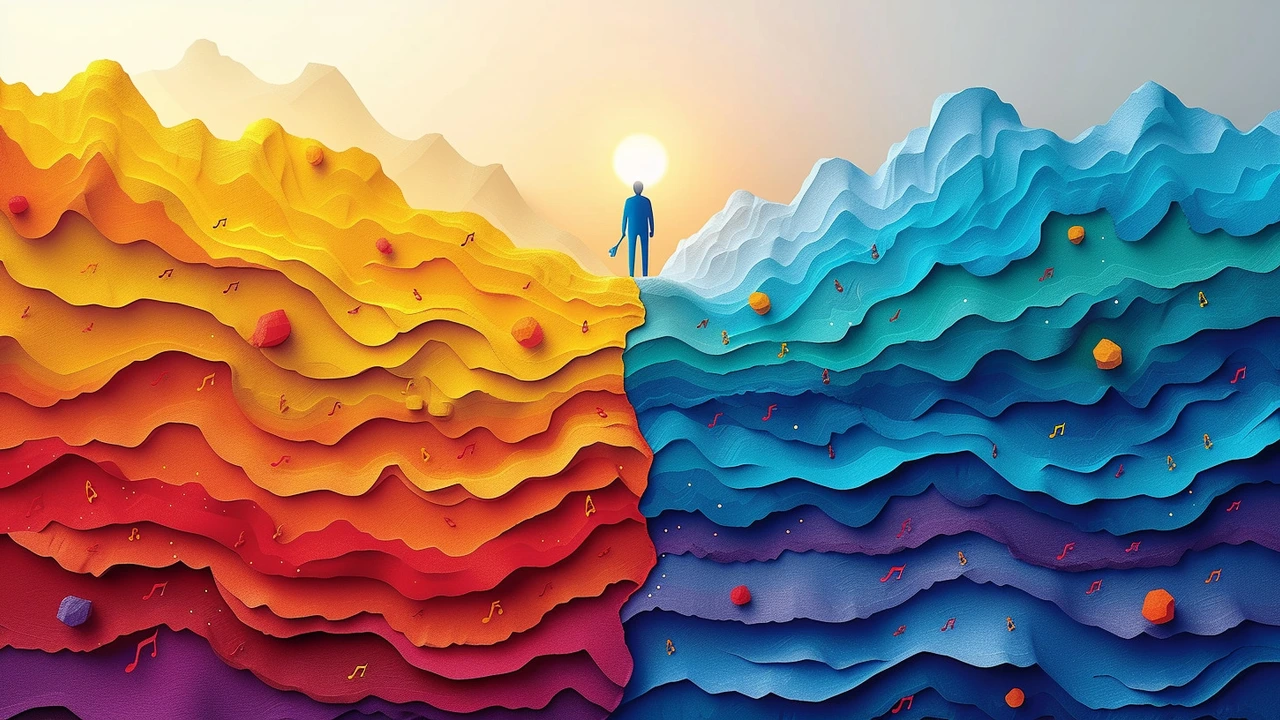Art isn't just for museums. Using art in therapy helps people name feelings, calm a racing mind, and regain control after stress or trauma. You don't need to be an artist. A few minutes with paper, paint, or music can shift how you feel and give you new ways to cope.
Creative arts therapies—like art, music, dance, and drama therapy—work by engaging the body and the brain together. That matters because stress lives in the body as much as the mind: breath tightens, muscles tense, thoughts loop. Making something gives your brain a different task, lowers arousal, and creates a safe place to explore emotions without only using words.
Pick one and spend 10–20 minutes. No judging, no editing—just do it.
Do these exercises regularly—three times a week for a few weeks often shows the biggest change. Track what shifts: sleep, mood, or irritability. Small habits add up.
If you want guided work, look for a credentialed creative arts therapist (titles include Registered Art Therapist or equivalent in your area). Many clinics, community centers, and military health programs offer creative therapy groups. TRICARE may cover mental health services when provided by licensed professionals—check your plan or talk to your provider about referrals.
Want to start alone? Use cheap materials: crayons, a sketchbook, glue, old magazines, and a phone for music. Set a small goal—10 minutes three times a week—and treat it like a short workout for your nervous system.
Try one exercise today and note one tiny change: a slower breath, a lighter thought, or a small sense of relief. Creative work doesn't fix everything, but it gives you a practical tool to manage stress, connect with feelings, and build more calm into daily life.

Ever wondered how art could be a savior in times of distress? Welcome to my latest post about Creative Arts Therapies, an emerging breakthrough in the field of mental health treatment. Here, I've explored how therapeutic art techniques contribute to healing, fostering emotional well-being. Dive into this captivating journey where art and mental health intersect, and gain an understanding of how creativity can serve as a profound catalyst for recovery and wellness. Let's demystify the magic behind therapeutic art, together!
Read More